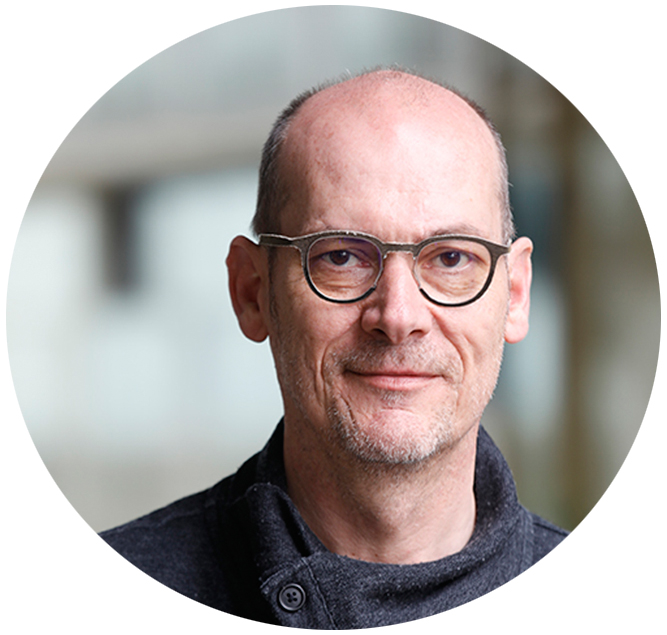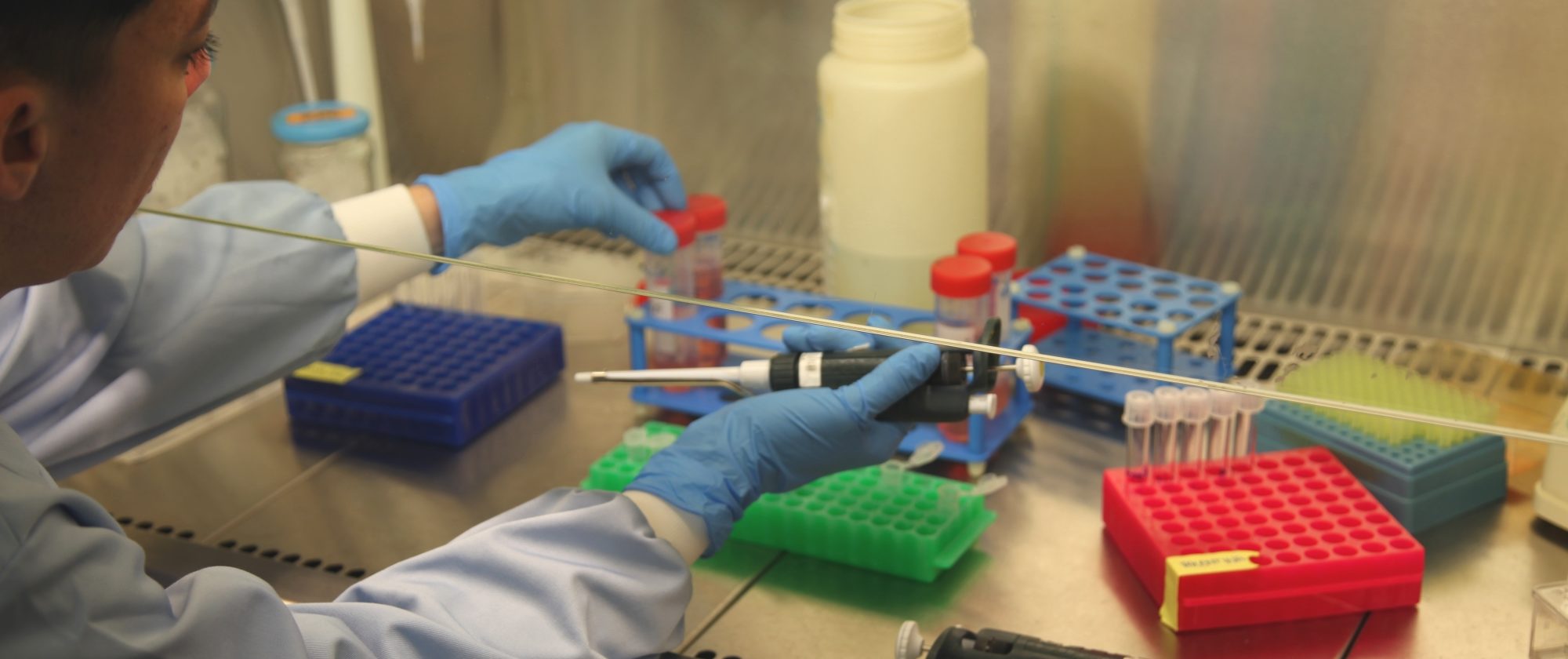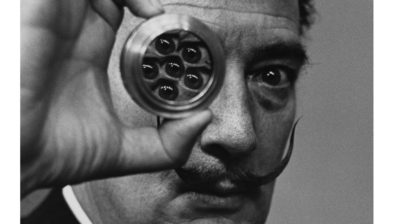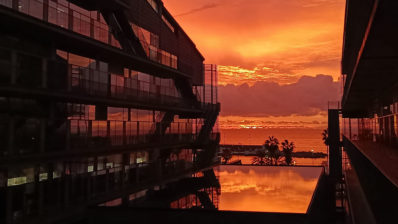During their residency at Hangar for the Prototyp_ome project, the two bioartists Cecilia Puglia González and Yann Rey, from Quimera Rosa, had the opportunity to spend two days in Andreas Meyerhans’s virology lab at the Department of Experimental and Health Sciences, Pompeu Fabra University (DCEXS-UPF). Their project “Transplant” is a transdisciplinary project on a plant/human/animal/machine hybridisation and includes medical self-experimentation on condylomata acuminata (genital warts) produced by the Human Papilloma Virus (HPV). Their goal is to develop DIY tools for photodynamic therapy (PDT) to treat condylomas. El·lipse asked the researchers and Quimera Rosa about their experiences.
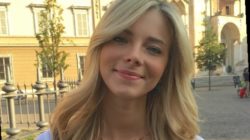
“Before this experience, I didn’t know what Biohacking was. As a scientist I have always thought about science in terms of sterile working conditions, defined protocols, and lab biosafety in addition to years of study and training, and the idea of collaborating with bioartists, like Quimera Rosa, who are passionate people that put creative ideas into practice in a non-conventional lab, intrigued me. It was interesting to see how these artists make science accessible to everyone in the form of low-cost community-based labs using second-hand equipment bought from online stores, and just follow their curiosity, pushing the boundaries of life as we know it.”

“This workshop at the PRBB was the first step in this part of the project based on replicating and making PDT (photodynamic therapy) protocols and tools available. Besides being able to dive into the workings of a biomedical laboratory, for two intense days we were given theoretical and technical tools that included a scientific view of the project, lab security, working with cell cultures, cell treatment to induce apoptosis, and FACS analysis. The next step will be to test different DIY light sources using aminolevulinic acid as a photosensitiser. First on cells, as we learned in the workshop, and then in vivo and in vitro.”
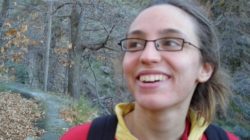
“It was an interesting experience, which allowed me to go beyond my normal research and way of thinking-doing. Now I am aware of other possibilities. As a collaborator, I was able to observe how my colleagues explained lab protocols to artists, people who usually have no expertise in this area, but who are very curious and pro-active. It was very enriching to see how Quimera Rosa, who usually do artistic performances, were motivated to gain scientific knowledge and integrate this into their art, not only to show it off, but actually to make it work. In fact, they introduced me to phototherapy, which I did not even know existed!”
The PRBB has been collaborating with Hangar in several projects related to bio-artists and biohackers.
